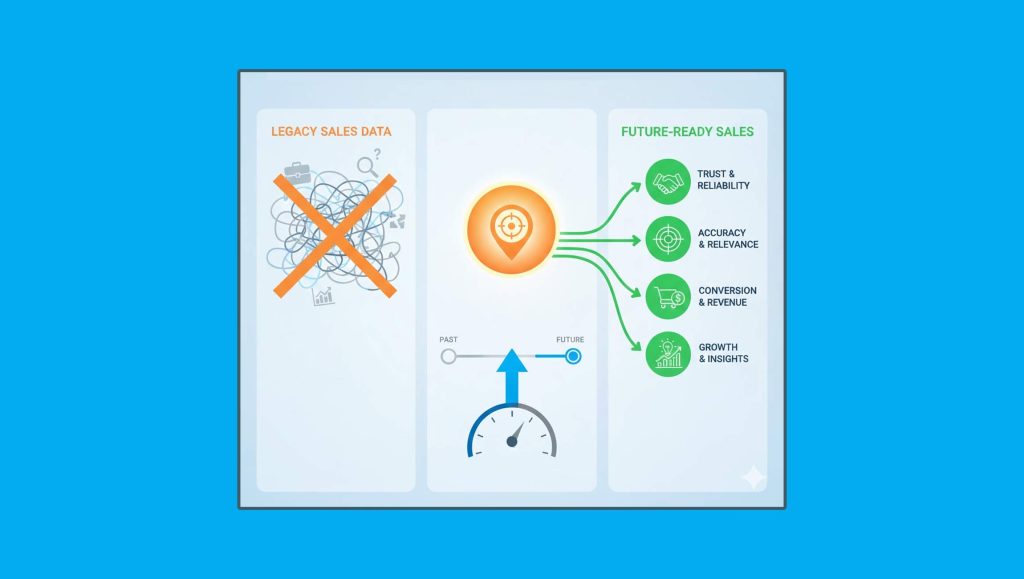Survey of large retailers finds nearly all are managing returns with inadequate tools.
The cost of processing and managing product returns is out of control for most retailers, according to a recent ReverseLogix research study conducted with Lead to Market.
The report, Frictionless Returns: The Missing Piece of the eCommerce Experience, surveyed 50 large retail organizations with more than $1 billion in eCommerce sales. Eighty percent of those surveyed report that the cost of managing product returns is “significant to severe.” Warehouse space and equipment costs were identified as the major cause (30% of respondents), followed closely by labor costs (26%).
Although 70% of respondents are dissatisfied with their returns process, they understand what is needed to lower costs. The hurdle is that they are equipped with inadequate technology solutions.
Read More: ServiceNow Named A Leader In The 2021 Gartner® Magic Quadrant™ For Enterprise Low-Code Application…
“Nearly three-quarters of respondents say that more automated returns management processes will improve employee and customer experiences, while helping to lower costs,” said Gaurav Saran, CEO of ReverseLogix. “This includes automated refunds for consumers, developing and optimizing multiple return channels, and automating processes for receiving, inspecting and processing.”
The primary solutions used by respondents to manage product returns are warehouse management systems (WMS) at 30% and enterprise resource planning (ERP) systems (24%). Only 6% of respondents use a purpose-built, end-to-end returns management system.
“There’s a big gap between what’s needed to improve return processes and the capabilities of WMS and ERP solutions,” said Saran. “The good news is that proven returns management technology exists today. It can be quickly implemented and have a near-immediate impact on costs, returns processing, customer satisfaction and worker productivity. With eCommerce purchases increasing and consumers expecting a frictionless returns experience, retailers can’t afford to limp along with outdated systems.”
Read More: SalesTechStar Interview With Greg Armor, Executive Vice President Of Sales, Gryphon.Ai
Additional findings include:
- Although self-service returns for customers can keep costs down, they account for less than 30% of returns.
- More than half (54%) of respondents rate their ability to identify reasons for higher-than-expected rates of returns as “poor to average.”
- 94% of respondents are attempting to manage product returns with inadequate tools, such as a WMS, ERP, logistics management system or CRM.
- The full list of the biggest cost drivers is: Warehouse space and equipment (30%), labor costs (26%), customer service team (10%), processing returns into inventory (6%) and unsellable returns (4%).






















